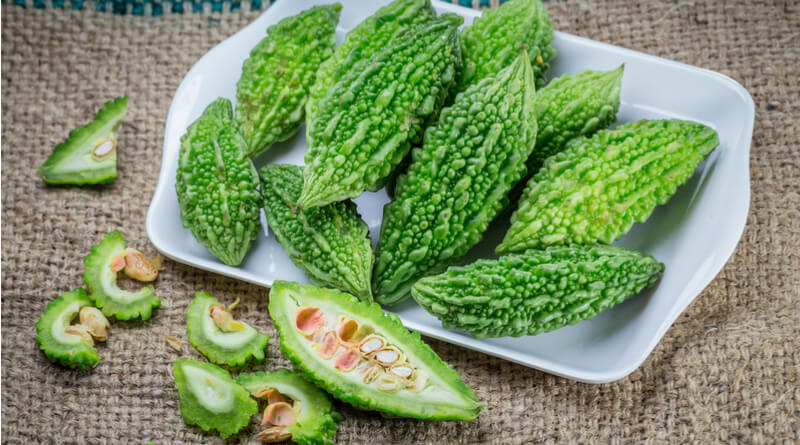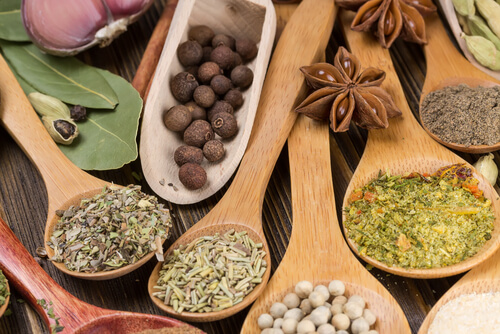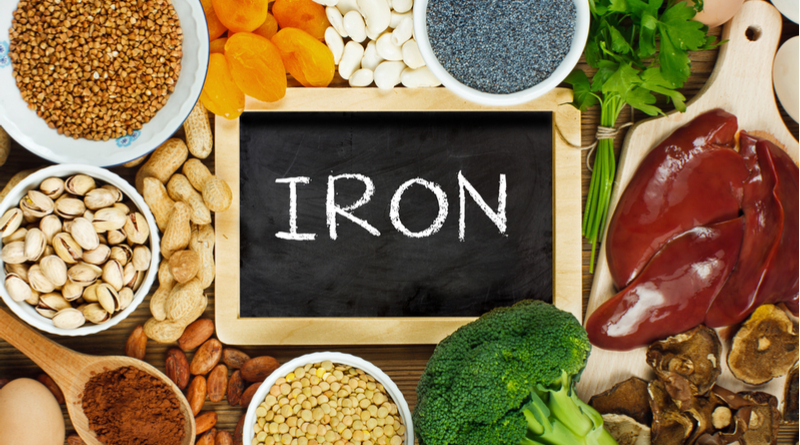Bitter gourd, otherwise known as bitter melon is a bit of a misnomer; it does not look much like a melon at all. It is a small, roundish fruit that comes from Asia and the sub Asian continent. Recently, bitter melon has spread to the rest of the world and is widely eaten in Africa and the Caribbean as well. Although it is a fruit it is not sweet. Just like its name says, bitter melon tastes quite bitter. The taste is what makes it an interesting addition to meals and dishes, but the real reason to eat bitter melon is due to its medicinal properties. One of its best health benefits is its ability to regulate diabetes.
How does bitter gourd help Diabetes?
The thing that makes bitter melon such a medicinal powerhouse is that it has a prodigious nutrient profile. Bitter gourd is packed to the brim with essential vitamins and minerals. It is rich in vitamin E, vitamin C, and vitamin A. It also contains some B complex vitamins, including B2 which is also known as folate. You can also find minerals such as, potassium, zinc, magnesium, and iron. The real key to bitter gourd’s success as a medicinal fruit is its antioxidants. It has many different antioxidant types, including, flavonoids, phenols, terpenes, isoflavones, anthraquinones, terpenes, and glucosinolates.
When you ingest bitter gourd, you receive chantarin, vicine, and polypeptide-p, compounds with anti-diabetic properties. These compounds act in a similar manner to insulin and help your cells absorb blood sugar and store it as fat and muscle.
How to ingest bitter melon
Bitter gourd is a pretty versatile fruit. It can be eaten in a variety of ways. You can cook it, steam it, bake it, or roast it. If you are only concerned with the medicinal properties that you should try turning the bitter melon into a juice.








